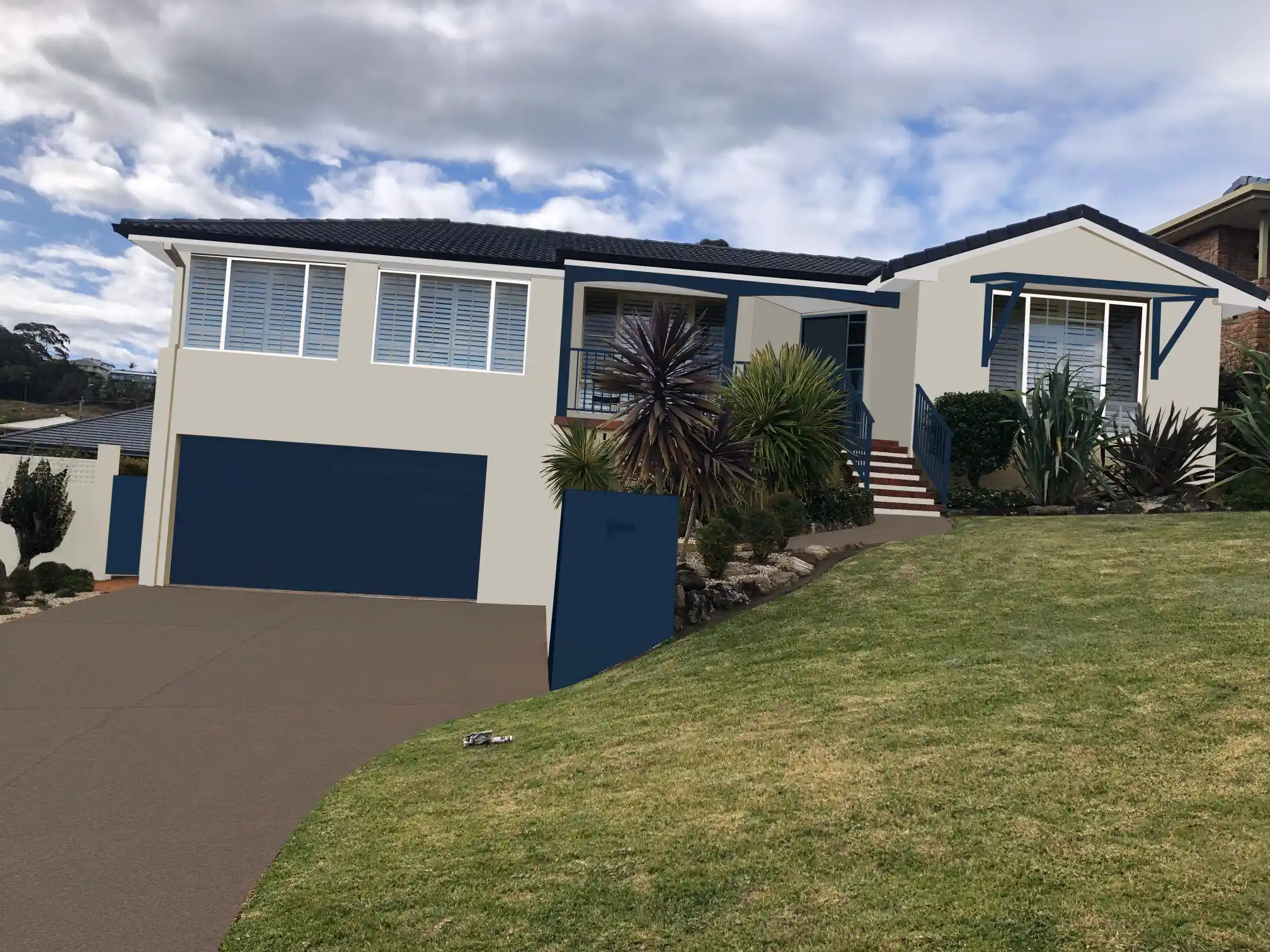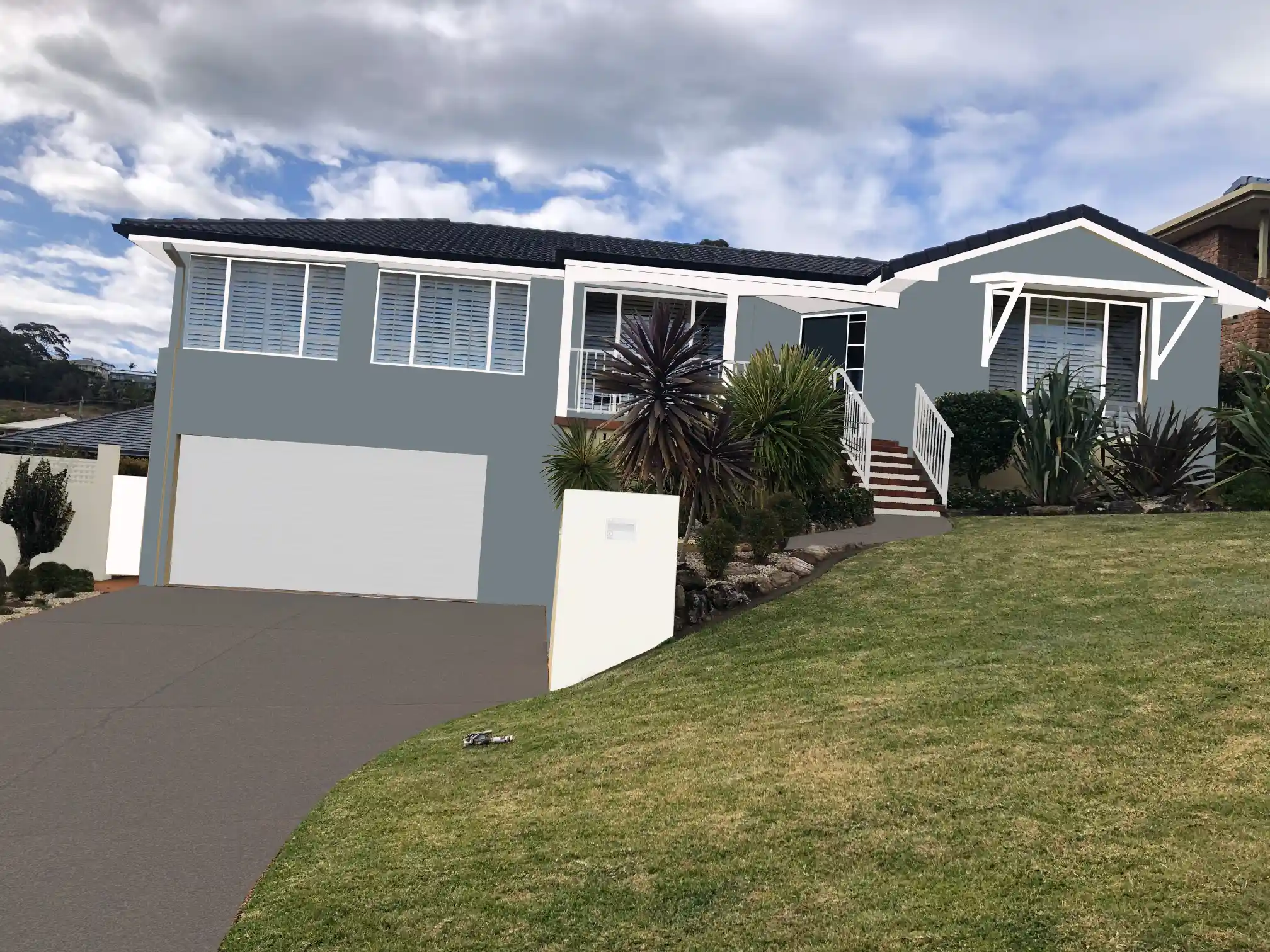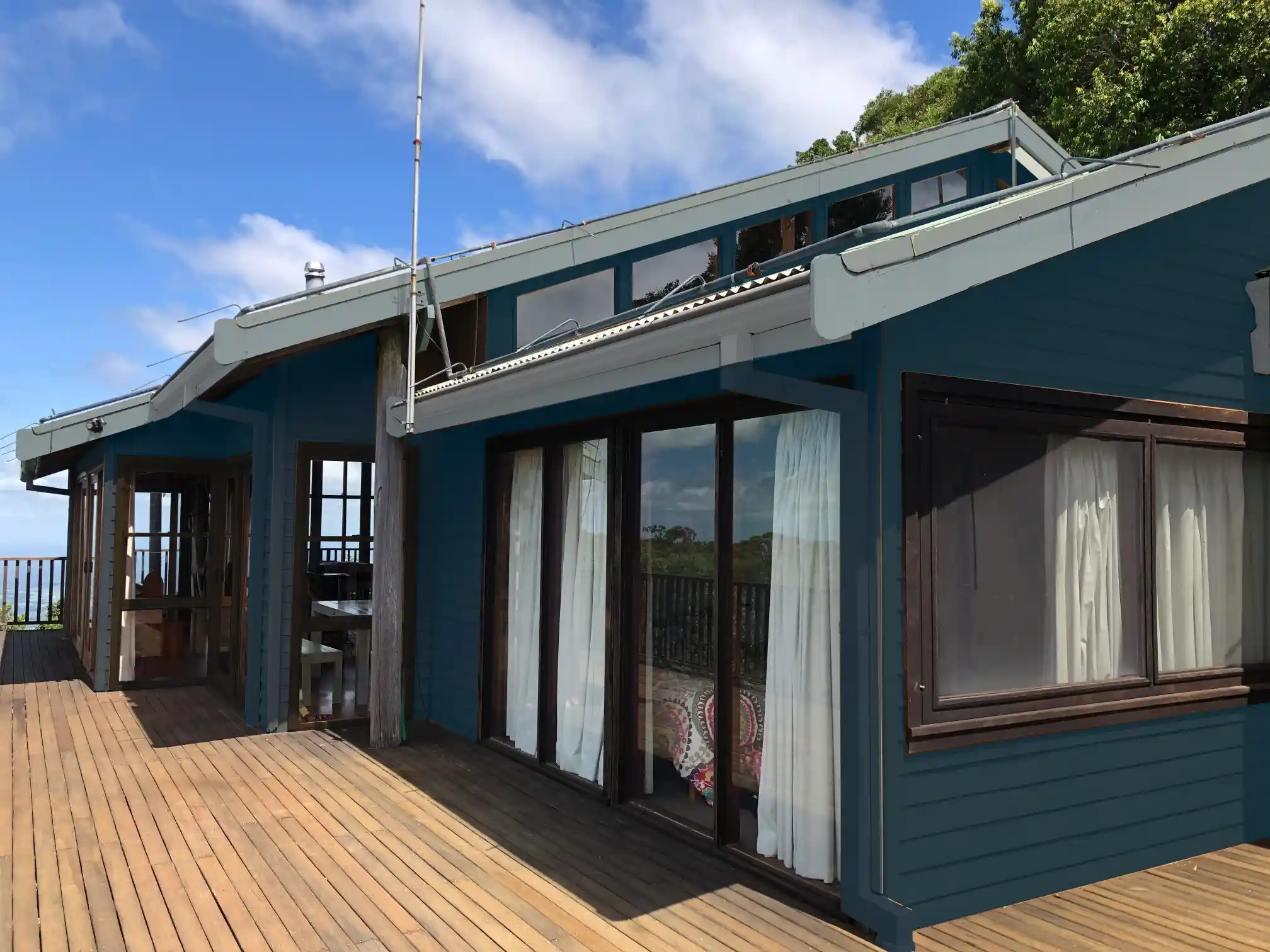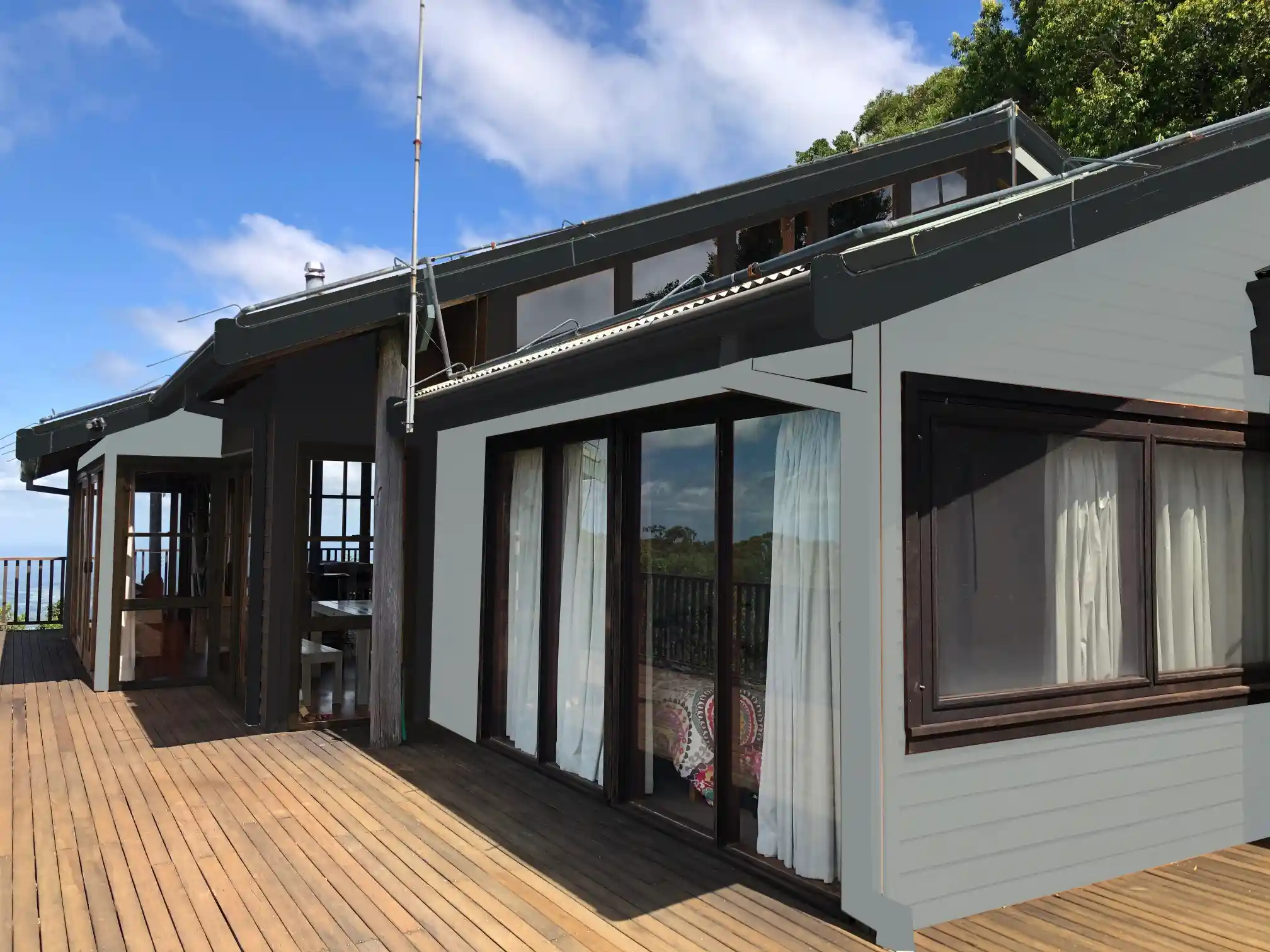The world of interior design is constantly evolving, integrating technology and creative vision to craft spaces that are not just aesthetically pleasing, but also functional and cater to your unique tastes. One such transformative technology is digital rendering. But what is digital rendering in the context of interior design? And is it worth investing in this process? Let's delve into these queries.
Digital rendering, sometimes referred to as a colour overlay, is a process where an image undergoes alterations in colours, style, finish, or layout using digital tools like Photoshop or other specialized software. It's a concept that allows interior designers to recreate an existing space virtually, providing a glimpse into the potential transformations that can be made.
This technique can be applied to any image of a property, whether it's a photograph or an elevation. It proves to be particularly beneficial for projects such as choosing the optimal paint colour combinations for exteriors, visualising kitchen renovations, or demonstrating how a feature wallpaper or new cabinetry would enhance a space.
For those who struggle with envisioning the proposed changes, digital rendering serves as a remarkable tool. It enables you to witness the metamorphosis of your space before investing in potentially costly alterations, saving you from the disappointment of unwanted results.
However, as much as digital renders are effective, it's essential to keep in mind that what you see on a screen may not exactly mirror the final outcome. Factors such as the variation in screen calibrations and printers, as well as the change when the design is applied to a larger surface, can influence the perception of colours and finishes. Furthermore, external elements such as sunlight and the surroundings also play a significant role in the appeal of a colour palette. Hence, to get a true sense of your chosen colours, it's recommended to view an A4 brushout and perform your own brushouts in various spots. This will allow you to observe how the colours behave in different lighting conditions, giving you a more accurate understanding of what to expect. You'd be surprised how significantly a shade can change under varying lights.
To sum up, digital rendering is indeed a worthwhile investment when approaching interior design. It empowers you to make informed decisions, provides a clearer vision of the intended design, and ultimately helps to actualize a space that reflects your personality, while still offering flexibility and room for exploration. So embrace the blend of technology and creativity, and let the digital render guide you towards your dream space!
Before

Option 1

Option 2

Before

Option 1

Option 2
